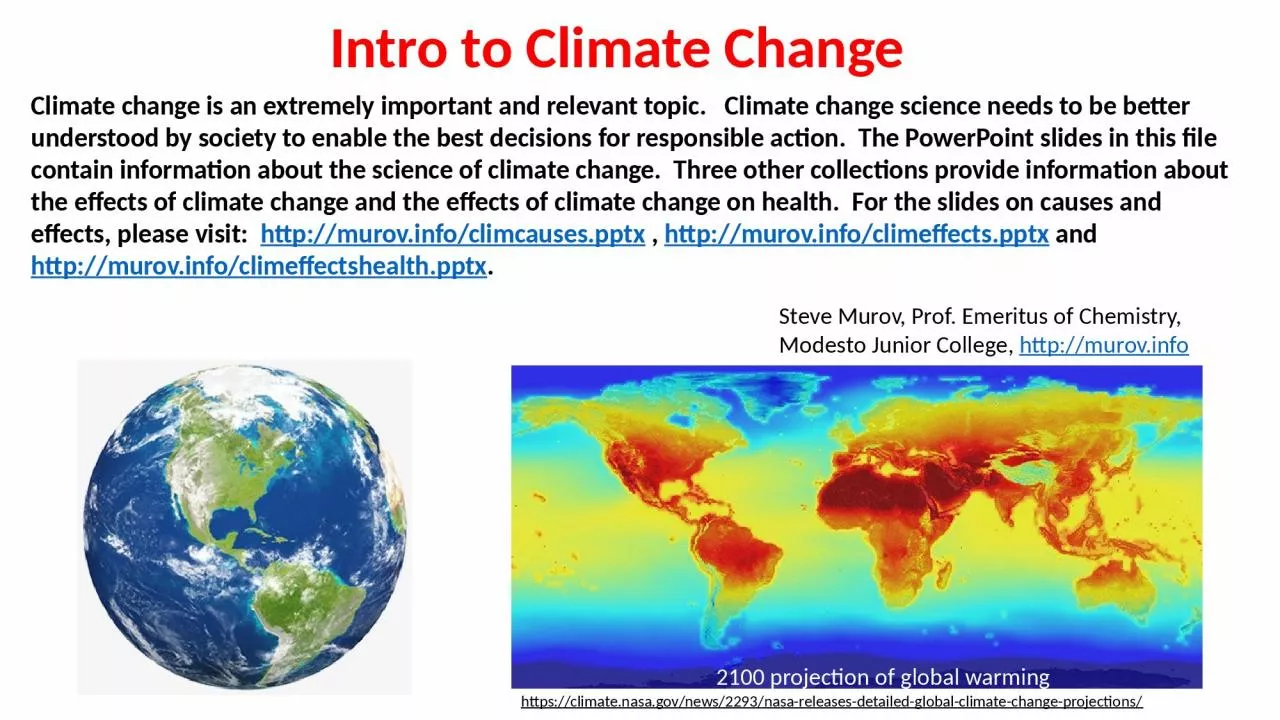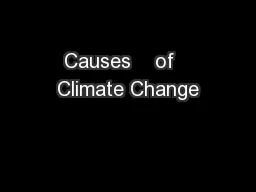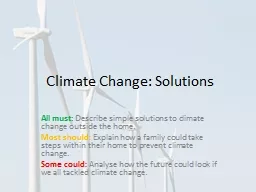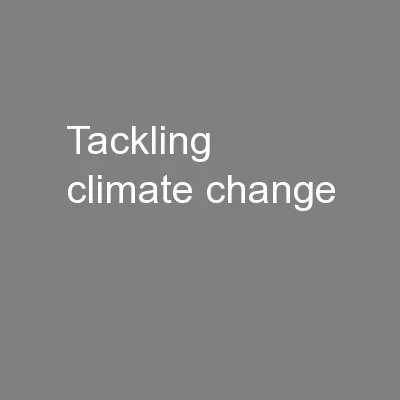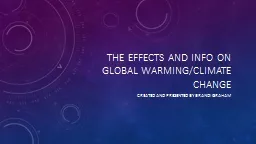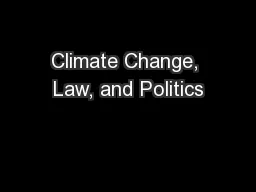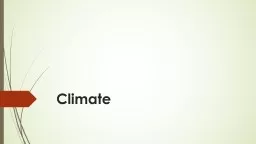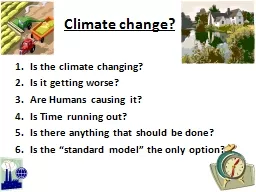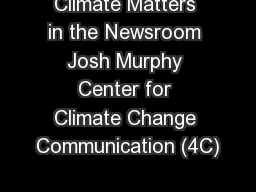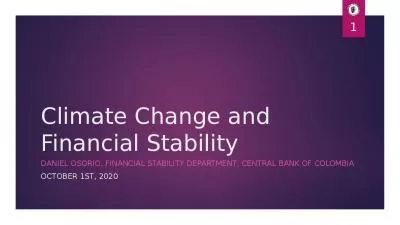PPT-Intro to Climate Change
Author : hazel | Published Date : 2024-01-29
Climate change is an extremely important and relevant topic Climate change science needs to be better understood by society to enable the best decisions for responsible
Presentation Embed Code
Download Presentation
Download Presentation The PPT/PDF document "Intro to Climate Change" is the property of its rightful owner. Permission is granted to download and print the materials on this website for personal, non-commercial use only, and to display it on your personal computer provided you do not modify the materials and that you retain all copyright notices contained in the materials. By downloading content from our website, you accept the terms of this agreement.
Intro to Climate Change: Transcript
Download Rules Of Document
"Intro to Climate Change"The content belongs to its owner. You may download and print it for personal use, without modification, and keep all copyright notices. By downloading, you agree to these terms.
Related Documents

